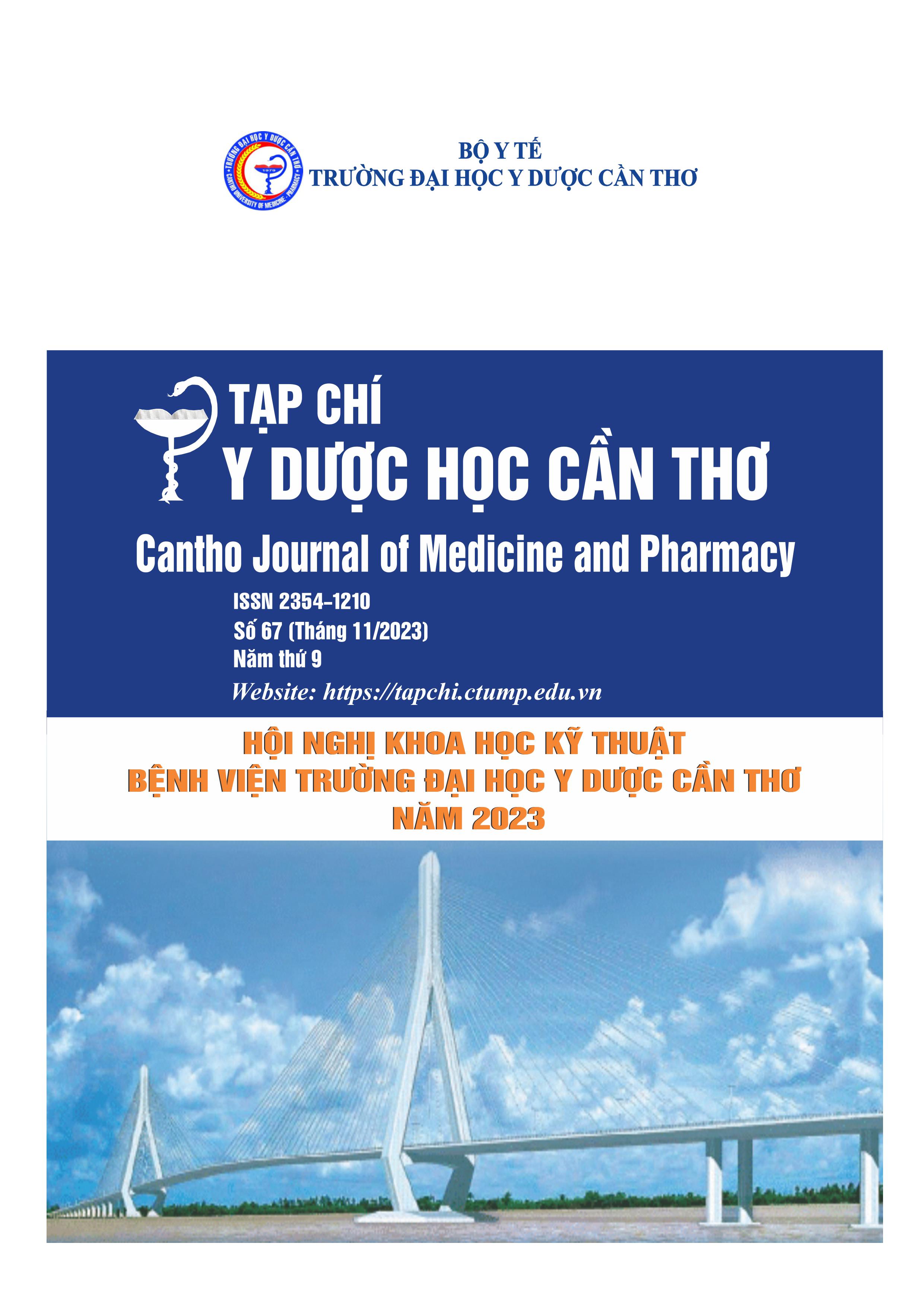CẤY CHUYỂN RĂNG TỰ THÂN Ở BỆNH NHÂN NGAY SAU NHỔ RĂNG: CÁCH TIẾP CẬN KỸ THUẬT SỐ
Nội dung chính của bài viết
Tóm tắt
Đặt vấn đề: Cấy chuyển răng tự thân là một phương pháp điều trị mất răng khi bệnh nhân có một răng cho phù hợp. Mục tiêu nghiên cứu: Đánh giá tỉ lệ thành công về lâm sàng của cấy chuyển răng tự thân vào ổ răng mới nhổ ứng dụng kỹ thuật số trong việc lên kế hoạch điều trị và đơn giản hoá quá trình phẫu thuật. Đối tượng và phương pháp nghiên cứu: Nghiên cứu đánh giá 32 bệnh nhân có răng vĩnh viễn có chỉ định nhổ (13 nam và 19 nữ) và được điều trị bằng phương pháp cấy chuyển răng tự thân. Độ tuổi trung bình là 24,4 (±4,5) (từ 19-35). Răng cấy chuyển là răng cối lớn thứ ba hàm trên, vùng răng nhận là răng cối lớn thứ nhất hoặc thứ hai hàm dưới. Răng cấy chuyển được cố định bằng dây thép không gỉ vào răng kế cận trong 2 tuần. Sau phẫu thuật, tình trạng răng cấy chuyển được đánh giá qua lâm sàng và phim quanh chóp. Kết quả: Thời gian nằm ngoài ổ của răng cấy chuyển nhỏ hơn 1 phút khi dùng mẫu mô phỏng răng cấy chuyển. Các tiêu chí thành công đạt được trong 28 trên 32 ca, chiếm tỉ lệ 87,5%. Kết luận: Cách tiếp cận kỹ thuật số giúp giảm thời gian ngoài ổ răng của răng cấy chuyển, làm tăng tỉ lệ thành công của kĩ thuật cấy chuyển răng.
Chi tiết bài viết
Từ khóa
Răng có chỉ định nhổ, cấy chuyển răng tự thân, mẫu mô phỏng
Tài liệu tham khảo
2. Lundberg, T. and S. Isaksson, A clinical follow-up study of 278 autotransplanted teeth. British Journal of Oral and Maxillofacial Surgery, 1996. 34(2): 181-185,https://doi.org/10.1016/S02664356(96)90374-5.
3. Chung, W.C., et al., Outcomes of autotransplanted teeth with complete root formation: a systematic review and meta analysis. Journal of clinical periodontology, 2014. 41(4): p. 412-423
4. Chamberlin, J.H. and A.C. Goerig, Rationale for treatment and management of avulsed teeth.
Journal of the American Dental Association (1939), 1980. 101(3): 471-475,DOI: 10.14219/jada.archive.1980.0301.
5. Plotino, G., et al., Present status and future directions: Surgical extrusion, intentional replantation and tooth autotransplantation. International Endodontic Journal, 2022. 55: 827-842
6. Tsukiboshi, M., Autotransplantation of teeth: requirements for predictable success. Dental traumatology, 2002. 18(4): 157-180,DOI: 10.1034/j.1600-9657.2002.00118.x.
7. Ong, D.V. and G. Dance, Posterior tooth autotransplantation: a case series. Australian Dental Journal, 2021. 66(1): 85-95
8. Xu, H.-D., et al., Allogenic tooth transplantation using 3D printing: A case report and review of the literature. World Journal of Clinical Cases, 2019. 7(17): 2587
9. Han, S., et al., Application effect of computer-aided design combined with three-dimensional printing technology in autologous tooth transplantation: a retrospective cohort study. BMC Oral Health, 2022. 22(1): 1-8
10. Lee, S.J. and E. Kim, Minimizing the extra-oral time in autogeneous tooth transplantation: use of computer-aided rapid prototyping (CARP) as a duplicate model tooth. Restor Dent Endod, 2012. 37(3): 136-41,10.5395/rde.2012.37.3.136.
11. Abella, F., et al., Outcome of Autotransplantation of Mature Third Molars Using 3-dimensionalprinted Guiding Templates and Donor Tooth Replicas. J Endod, 2018. 44(10): p. 15671574,10.1016/j.joen.2018.07.007.
12. Bauss, O., et al., Effect of different splinting methods and fixation periods on root development of autotransplanted immature third molars. Journal of oral and maxillofacial surgery, 2005. 63(3): 304-310
13. Mendes, R.A. and G. Rocha, Mandibular third molar autotransplantation--literature review with clinical cases. J Can Dent Assoc, 2004. 70(11): p. 761-6
14. Oikarinen, K., Comparison of the flexibility of various splinting methods for tooth fixation.
International journal of oral and maxillofacial surgery, 1988. 17(2): 125-127,DOI:
10.1016/s0901-5027(88)80166-8.
15. Smith, J.J. and B.E. Wayman, Successful autotransplantation. Journal of Endodontics, 1987. 13(2): 77-80,DOI: 10.1016/S0099-2399(87)80159-0.


